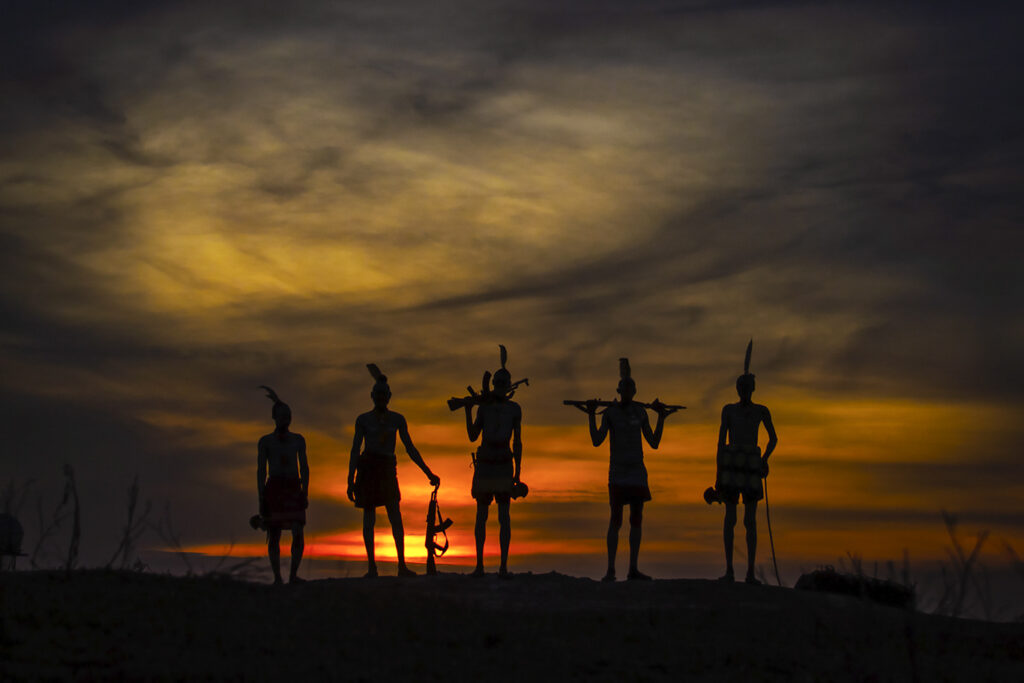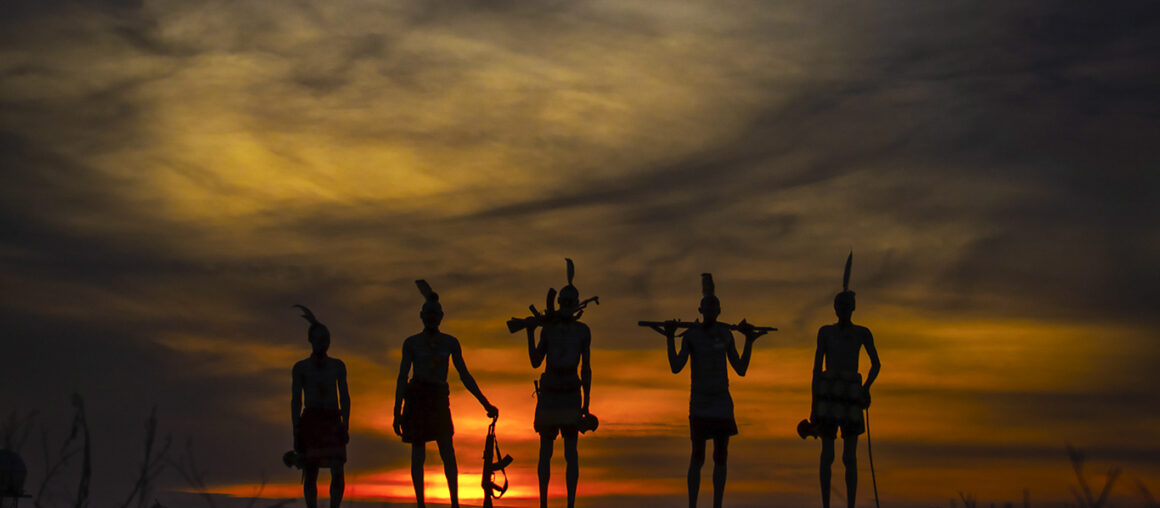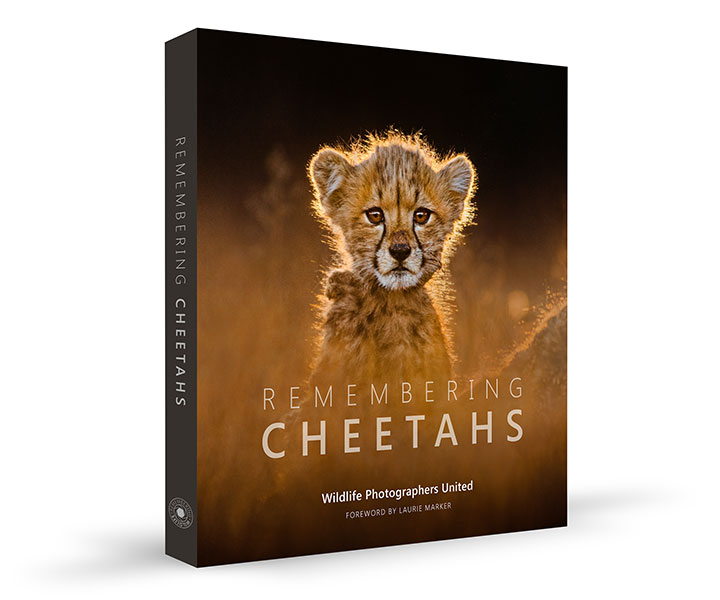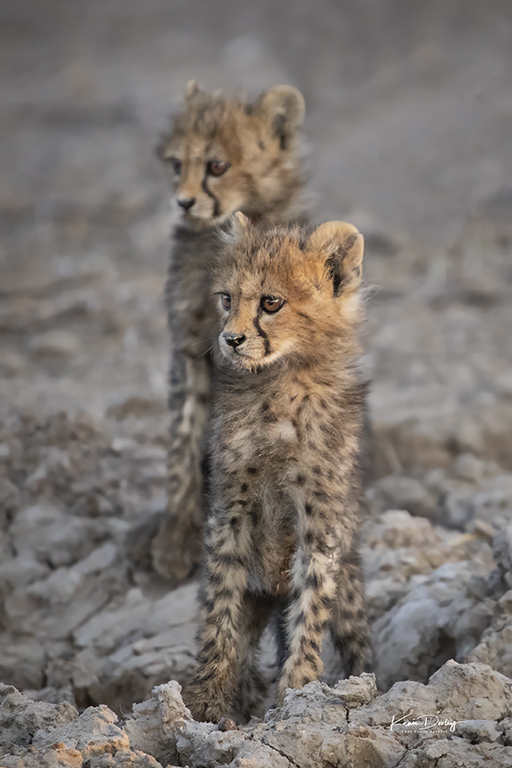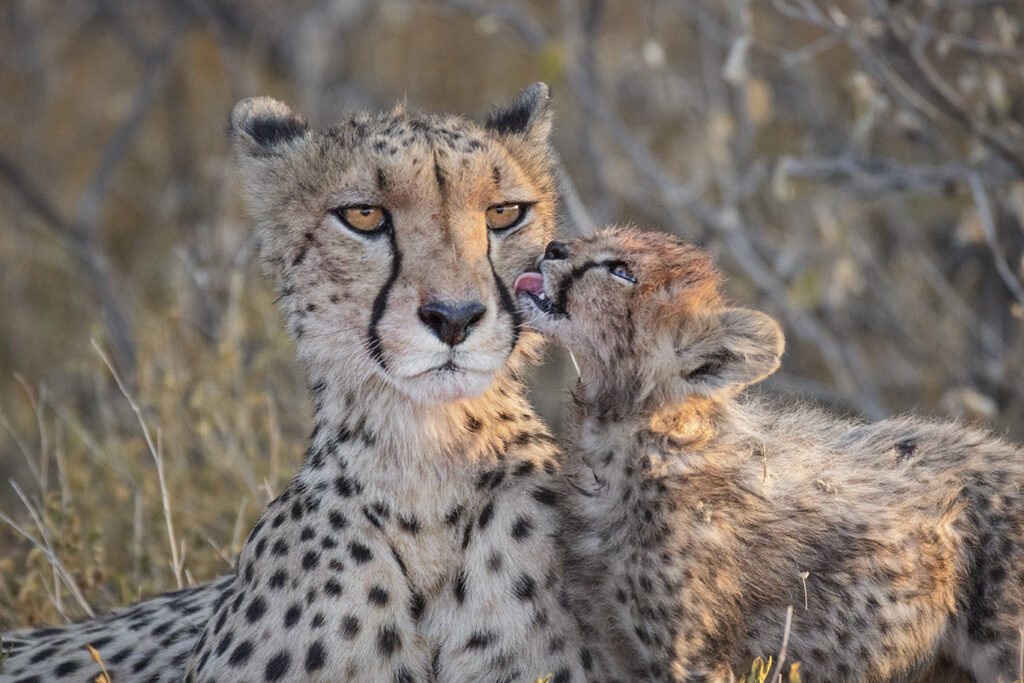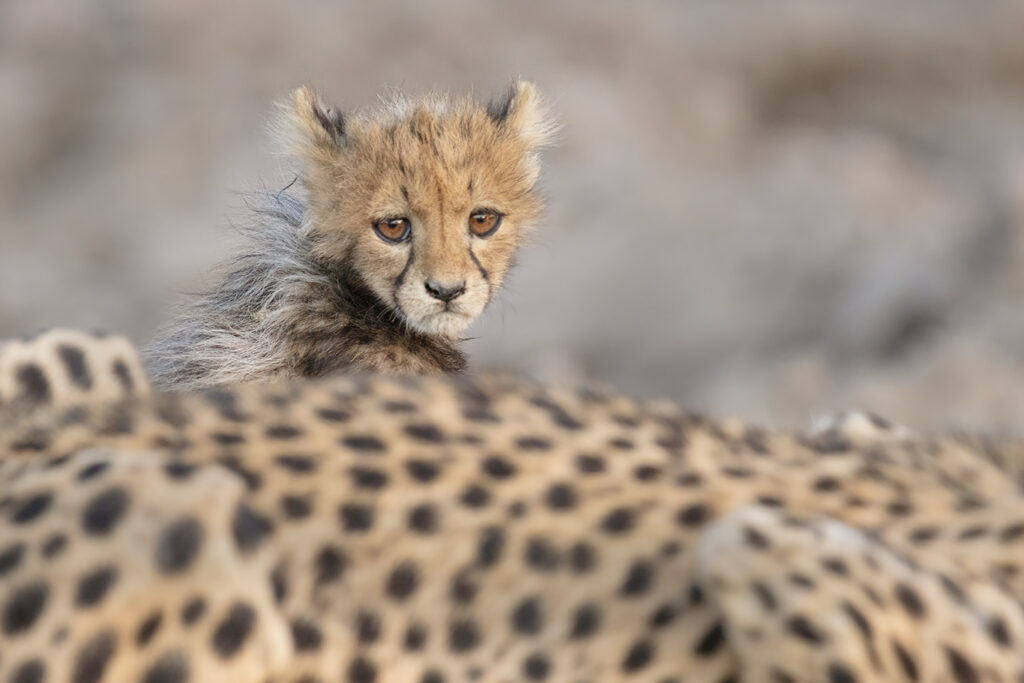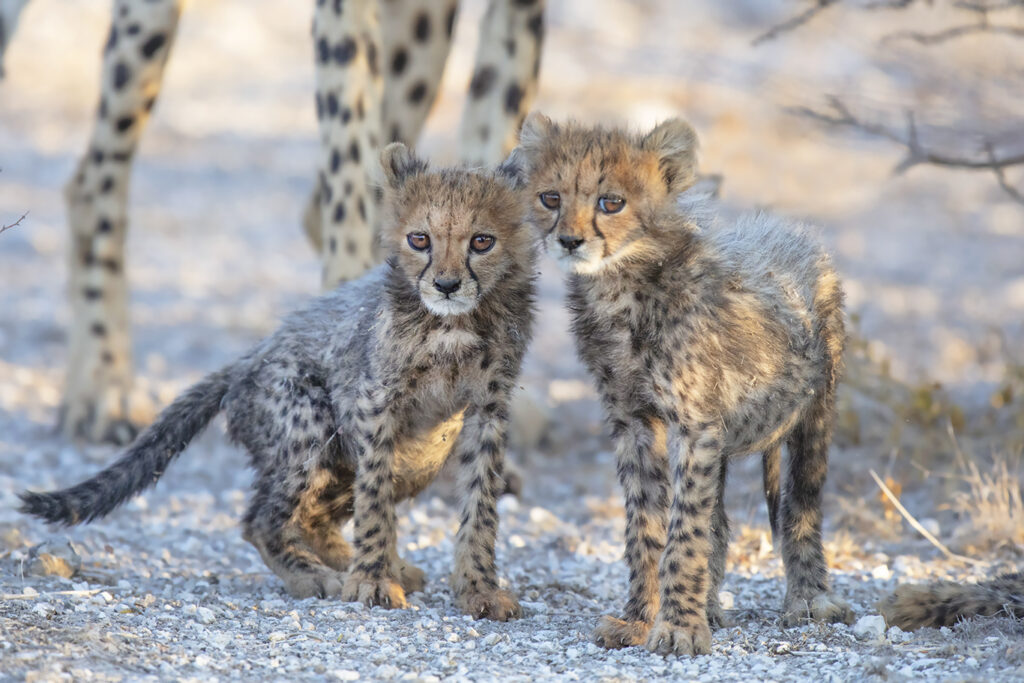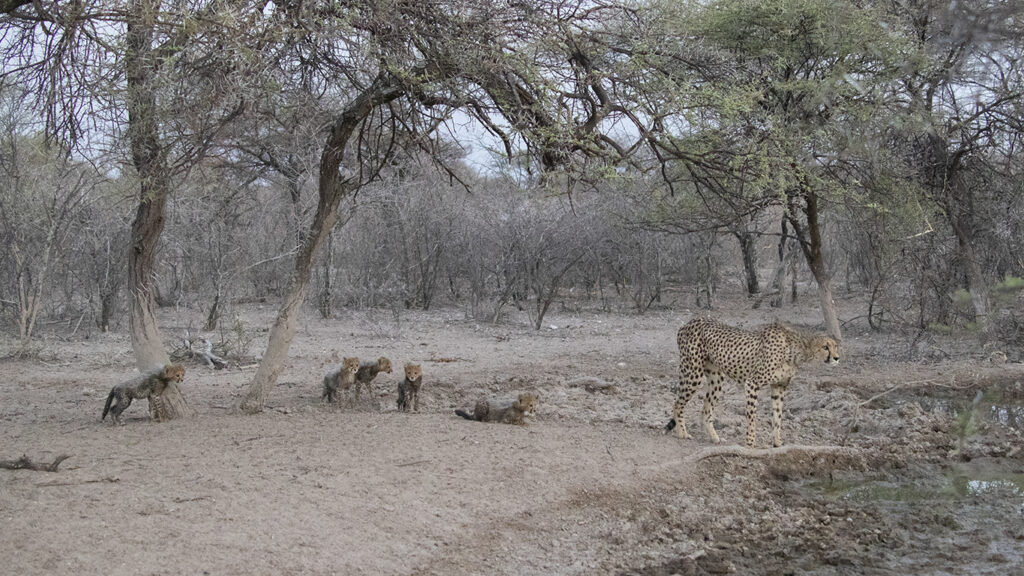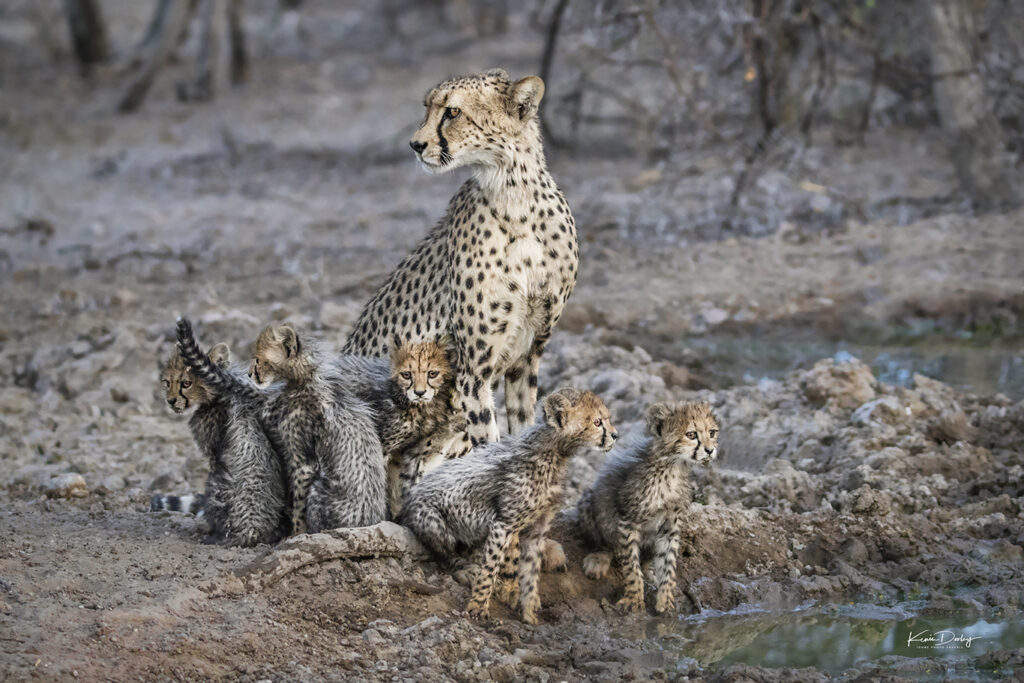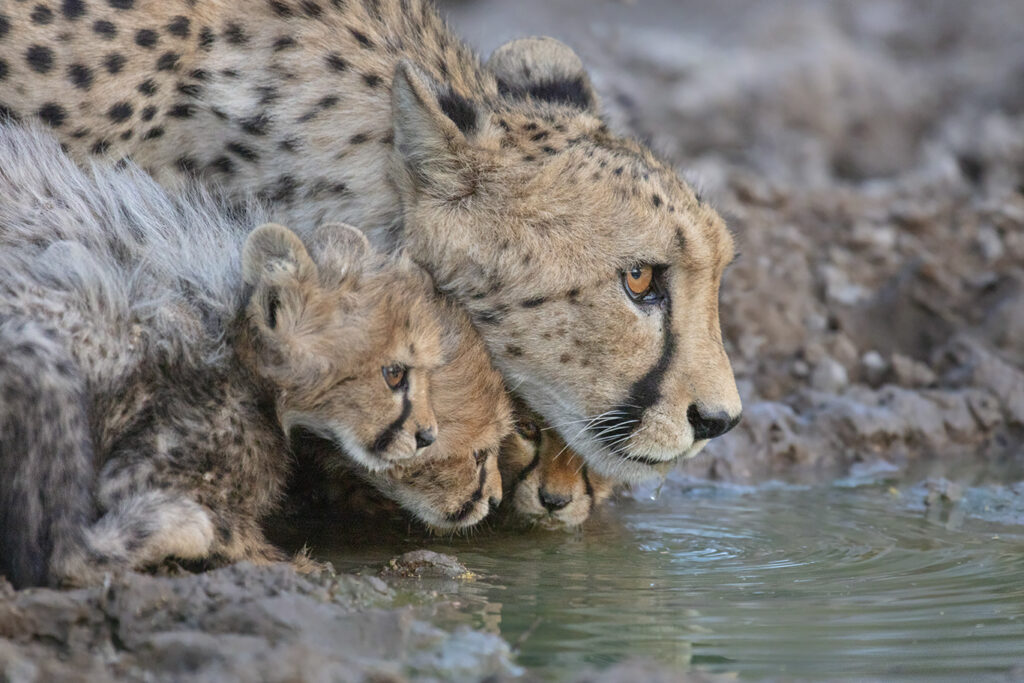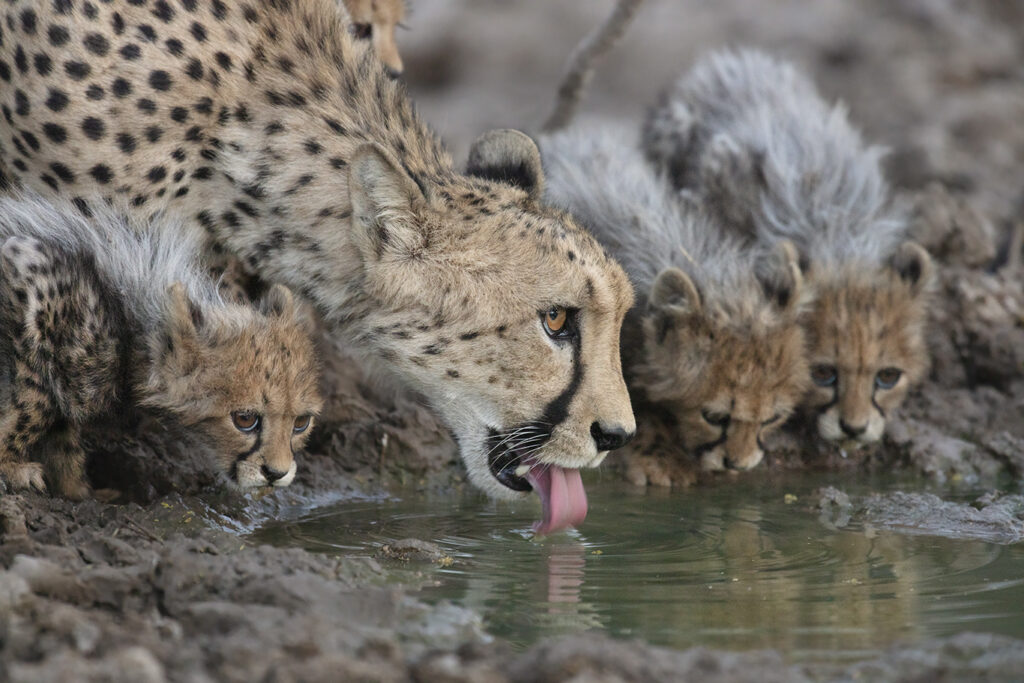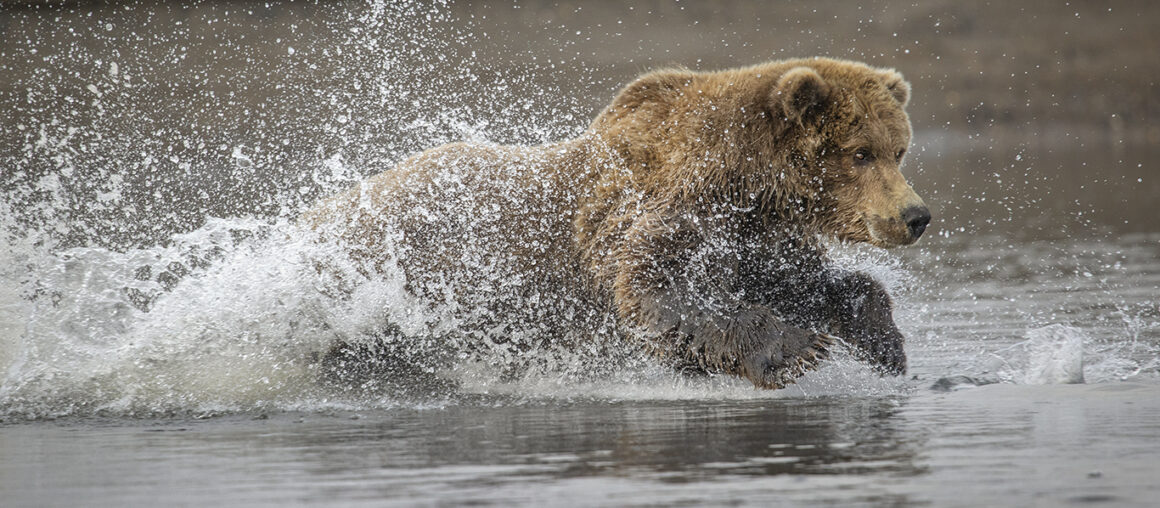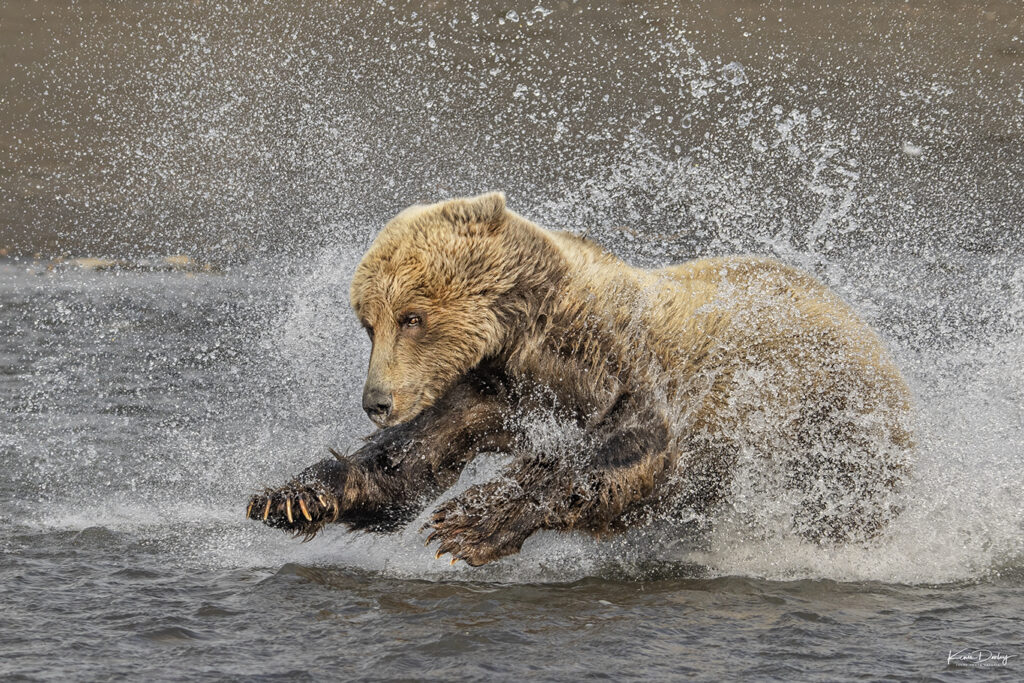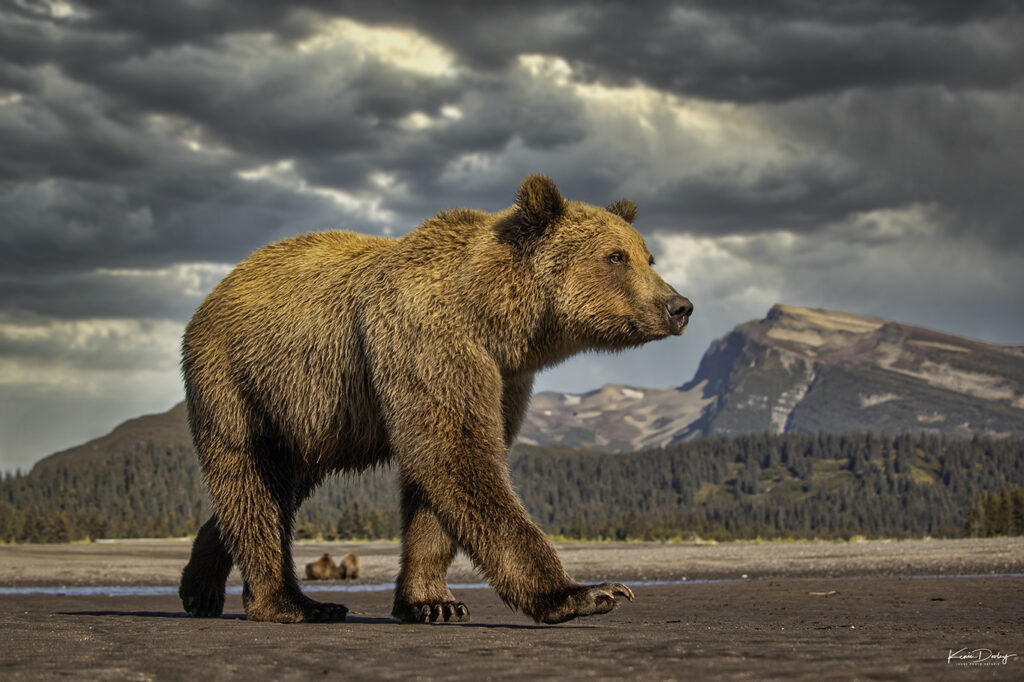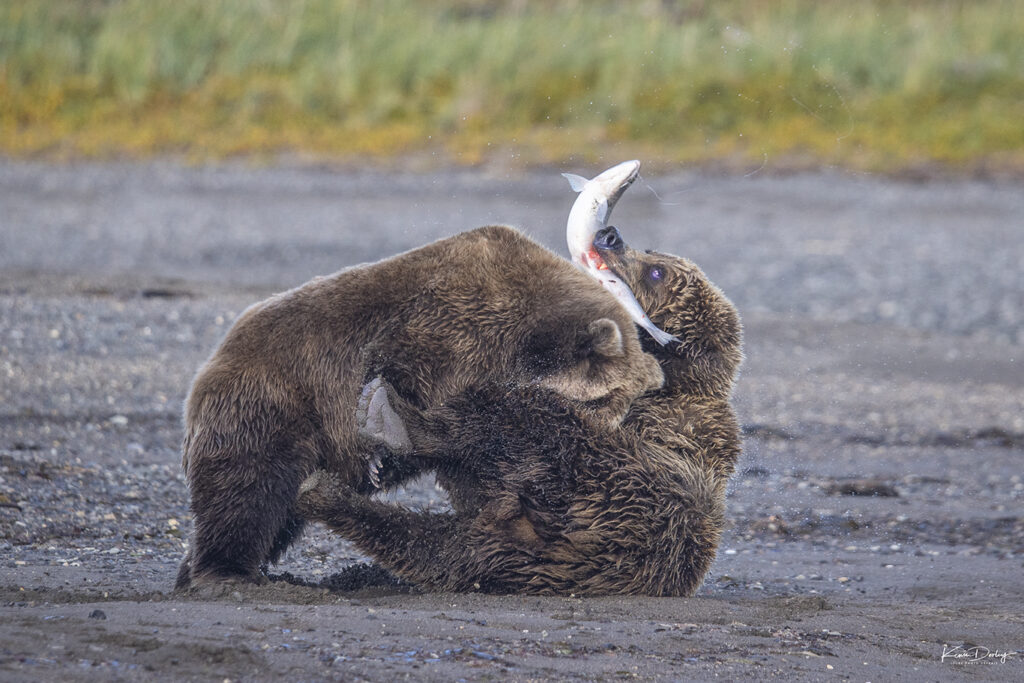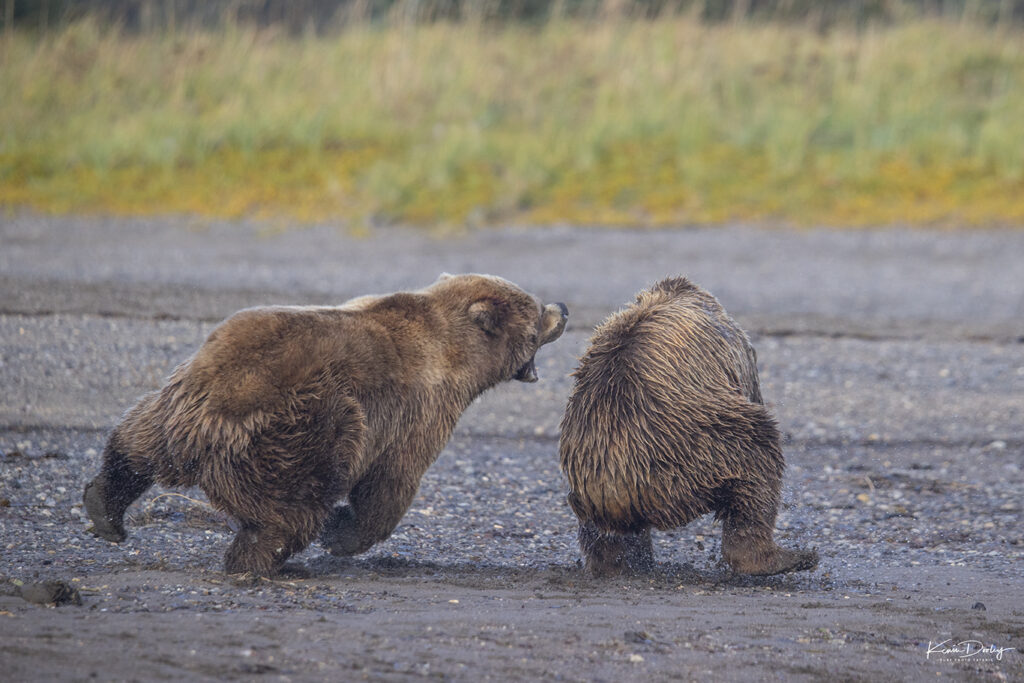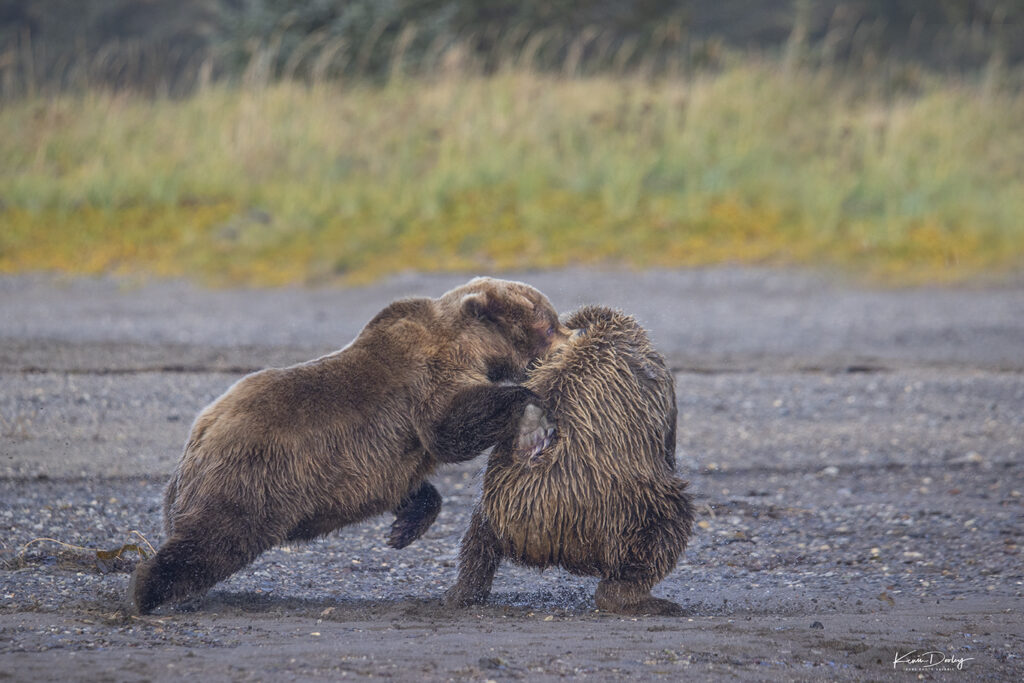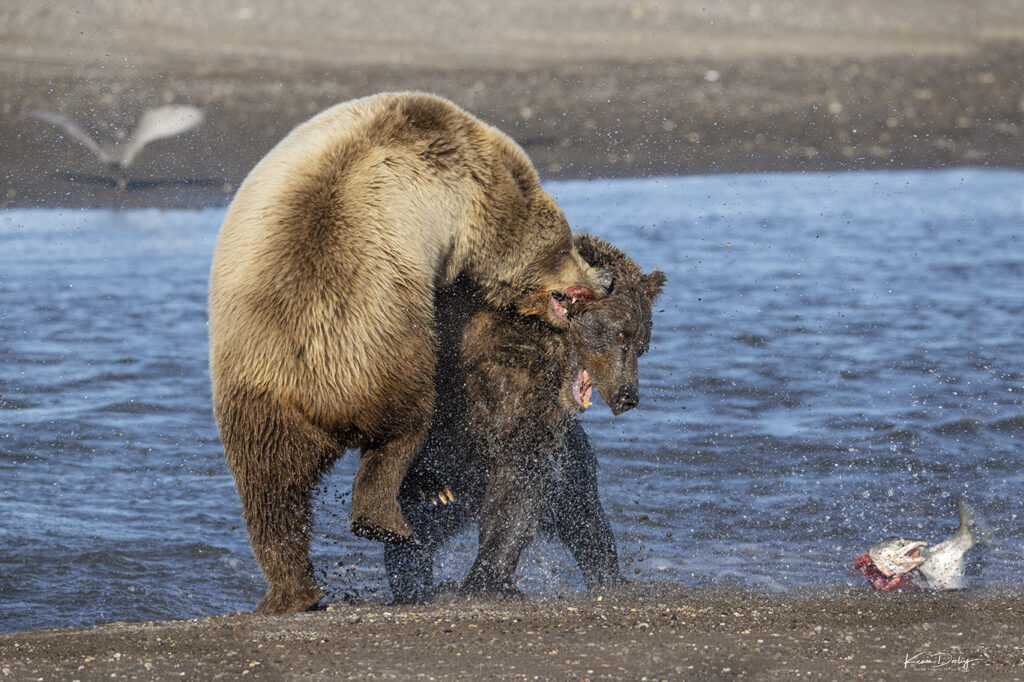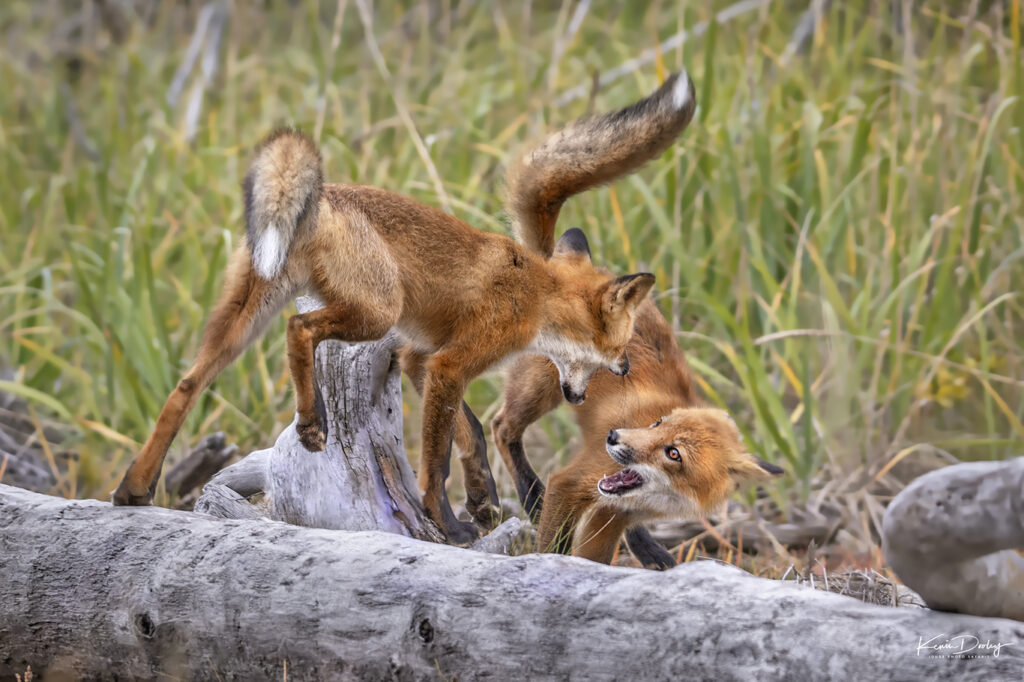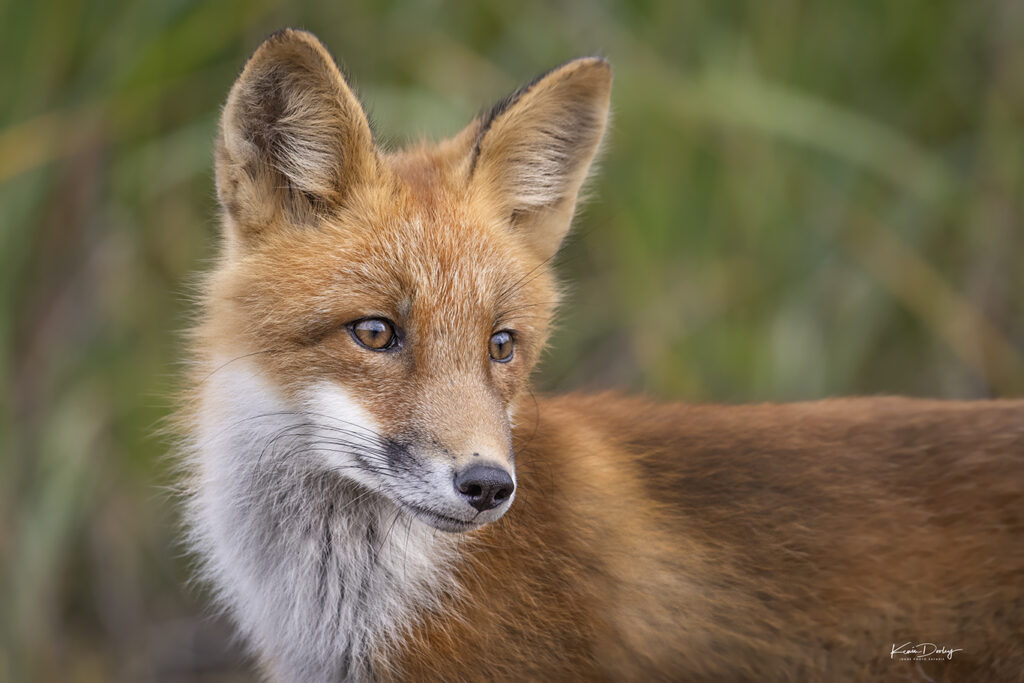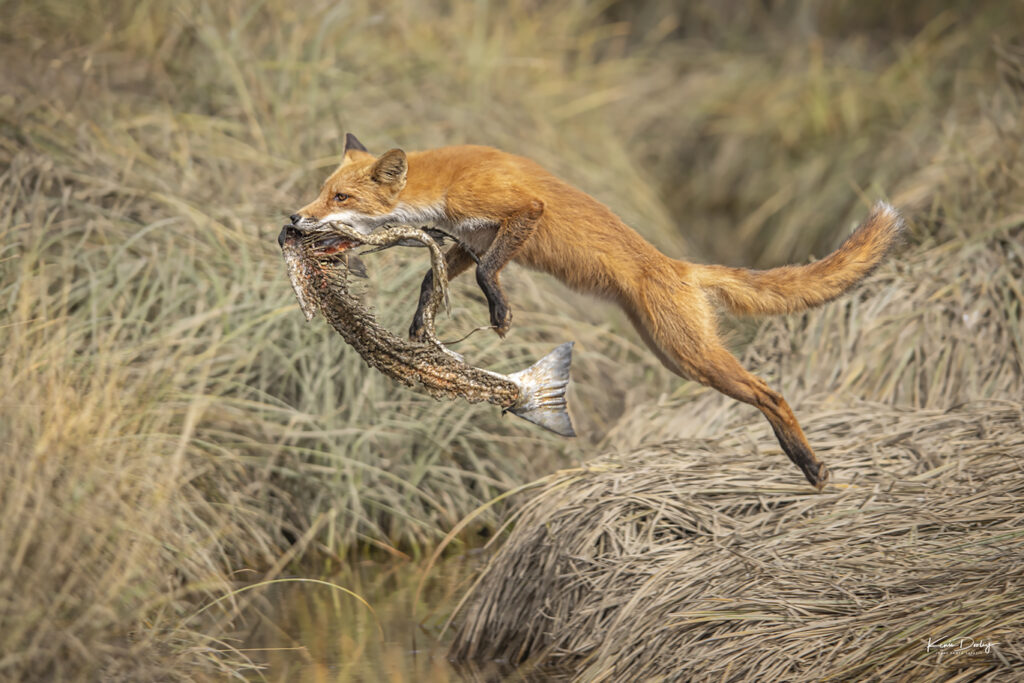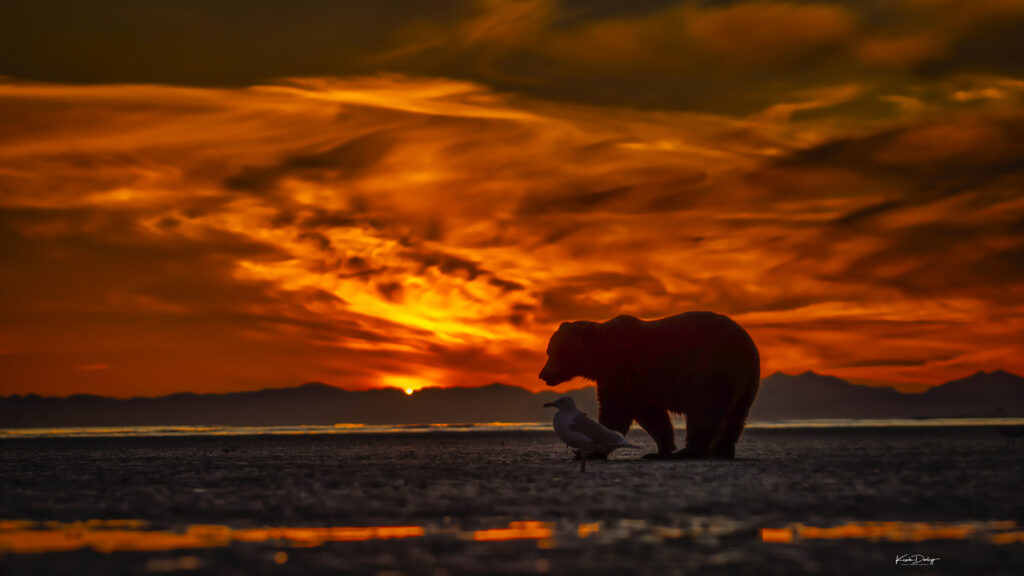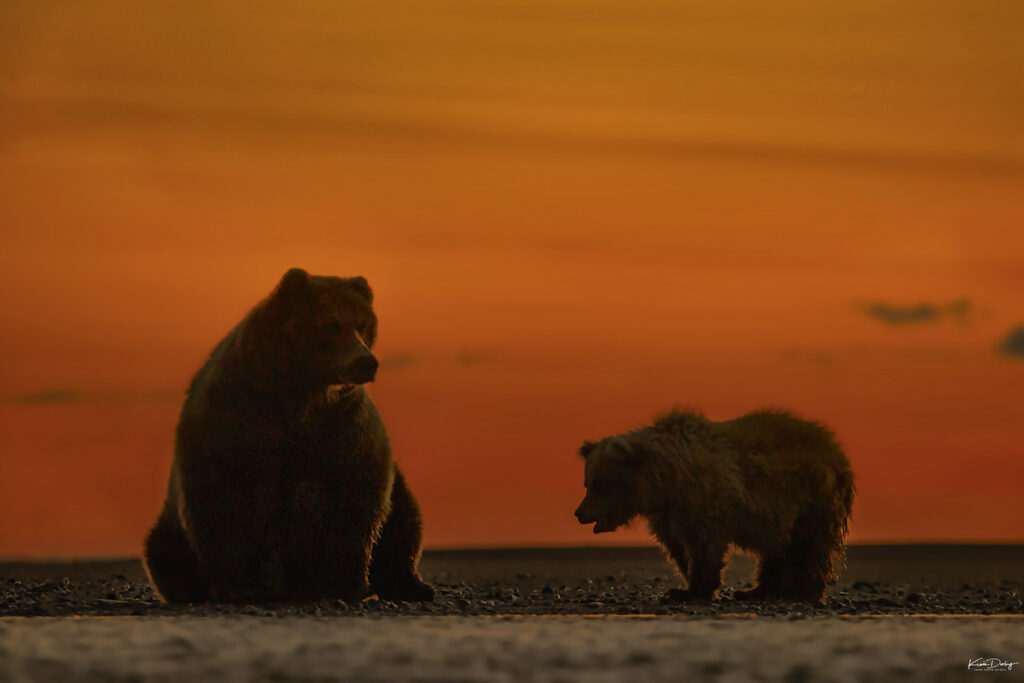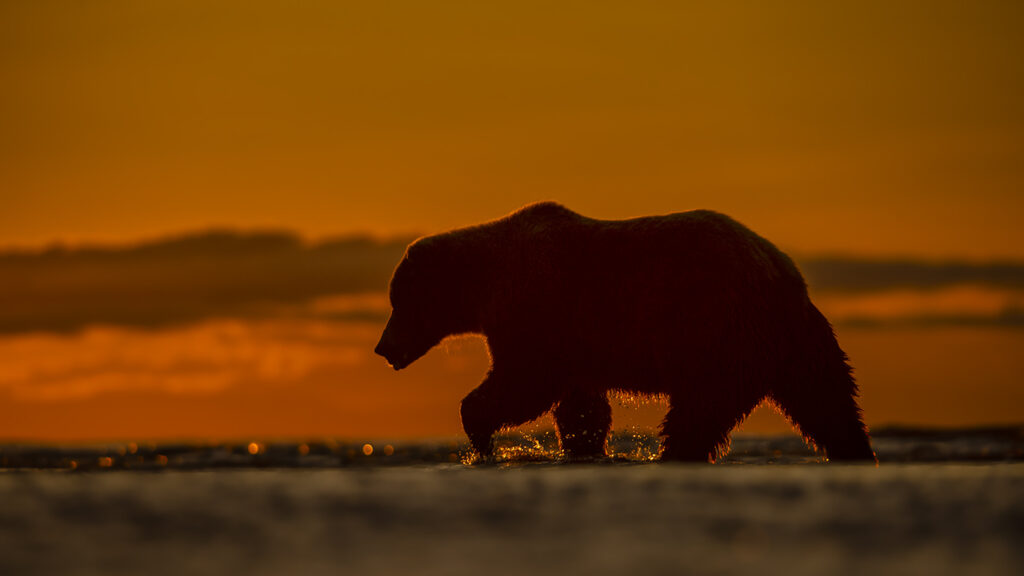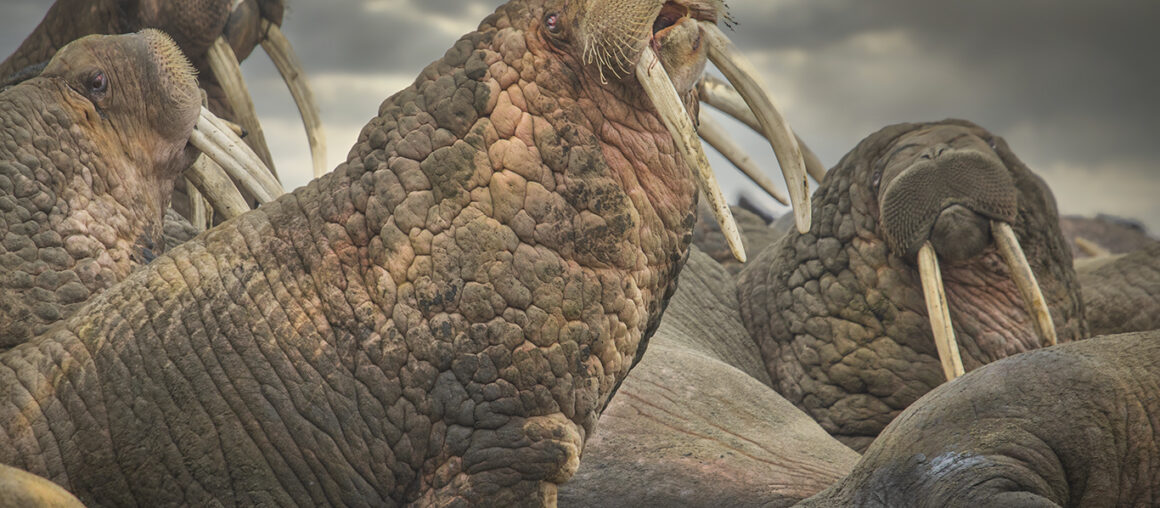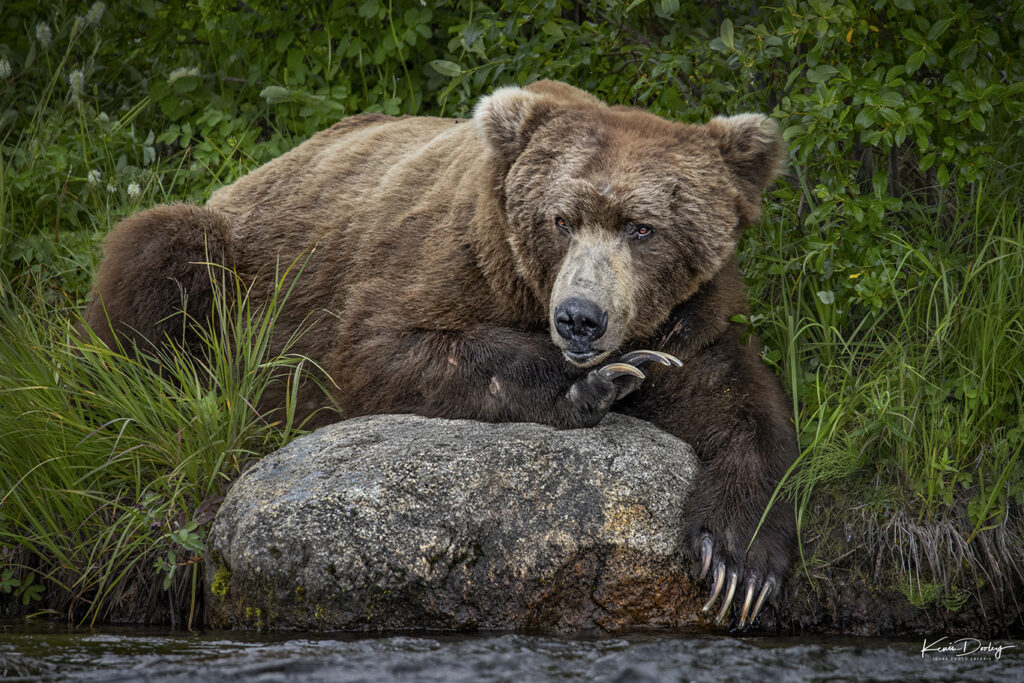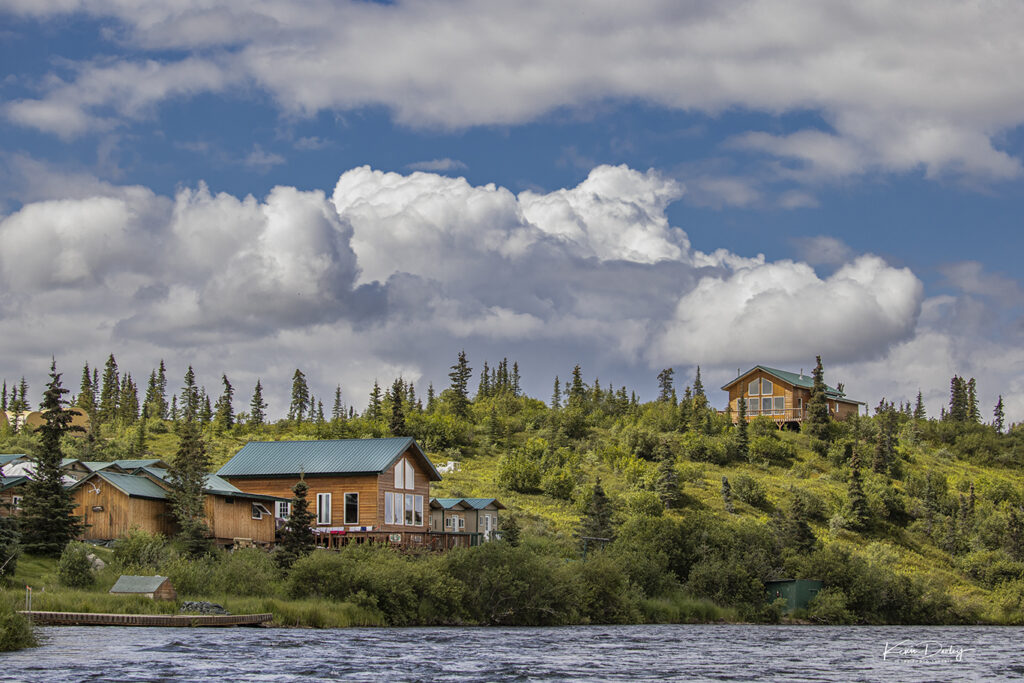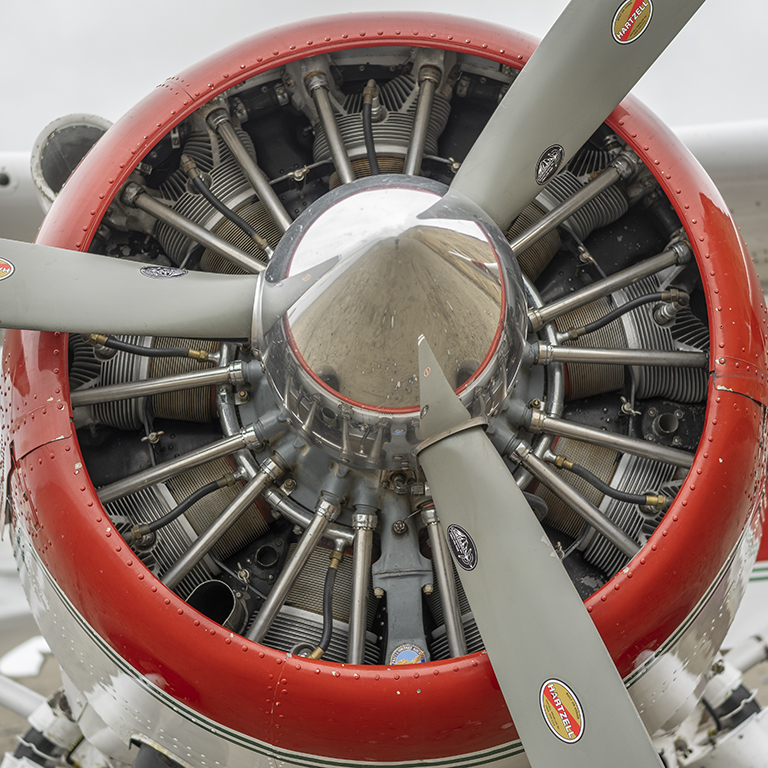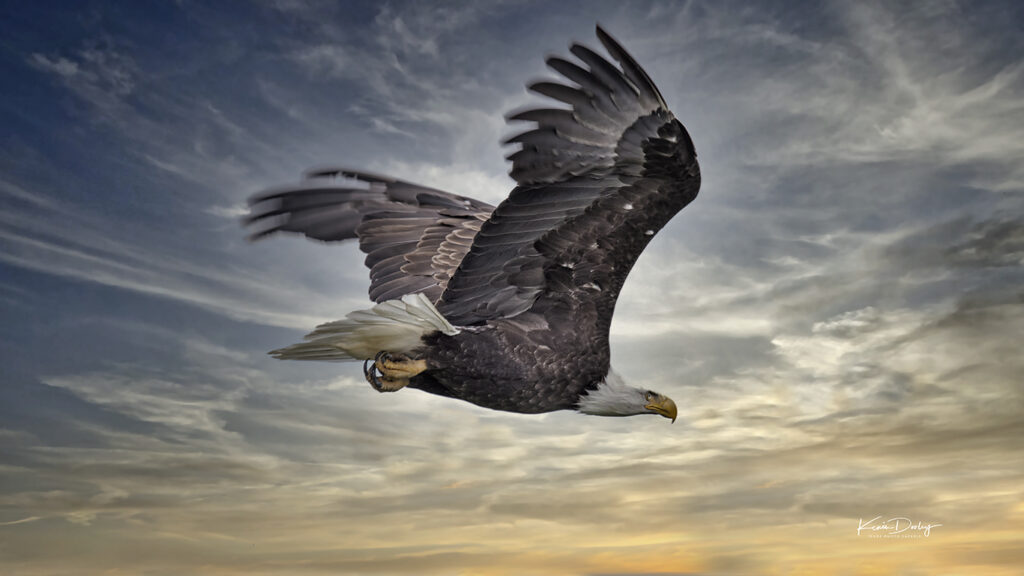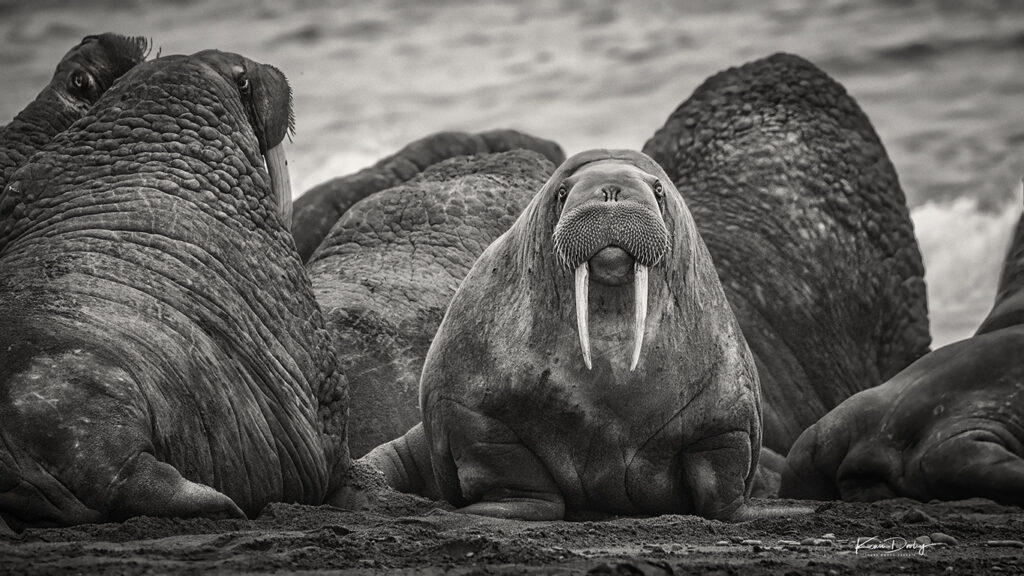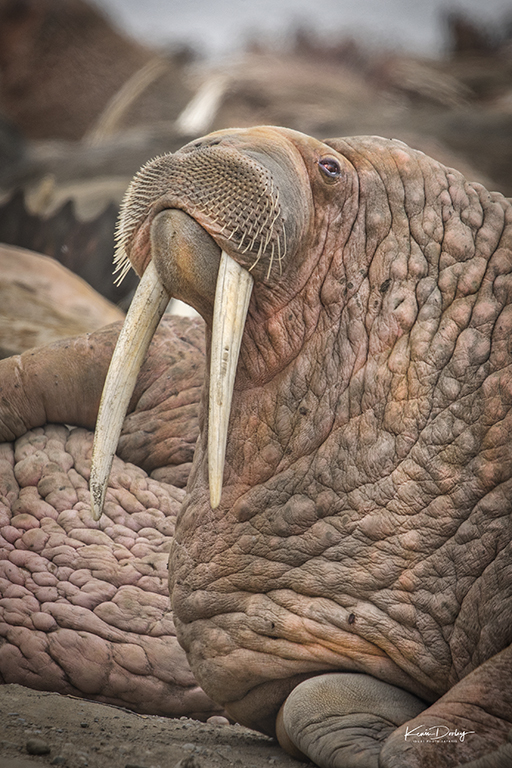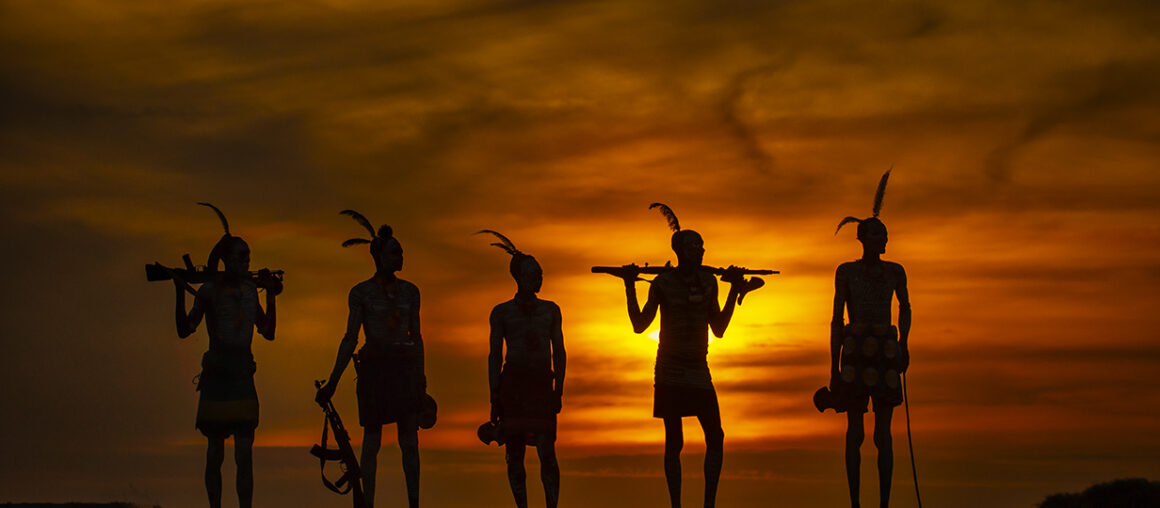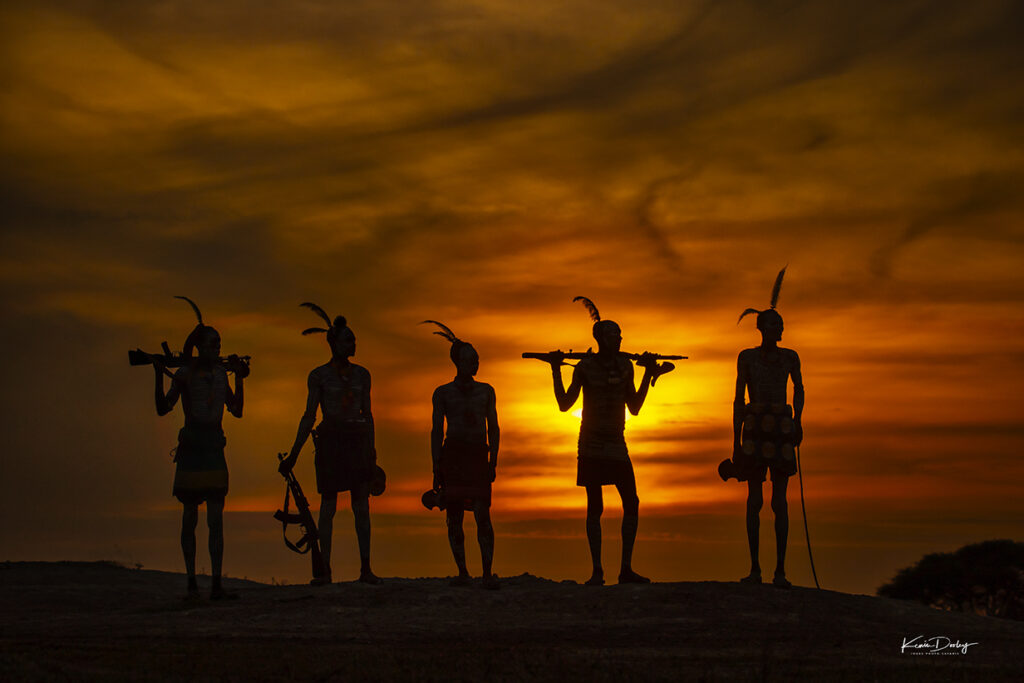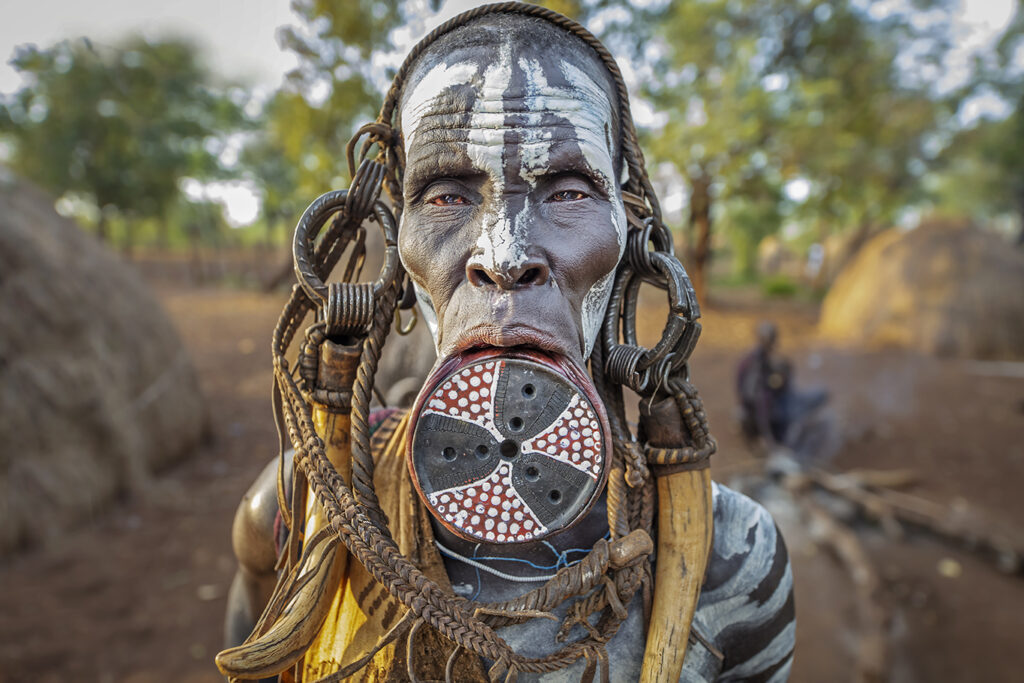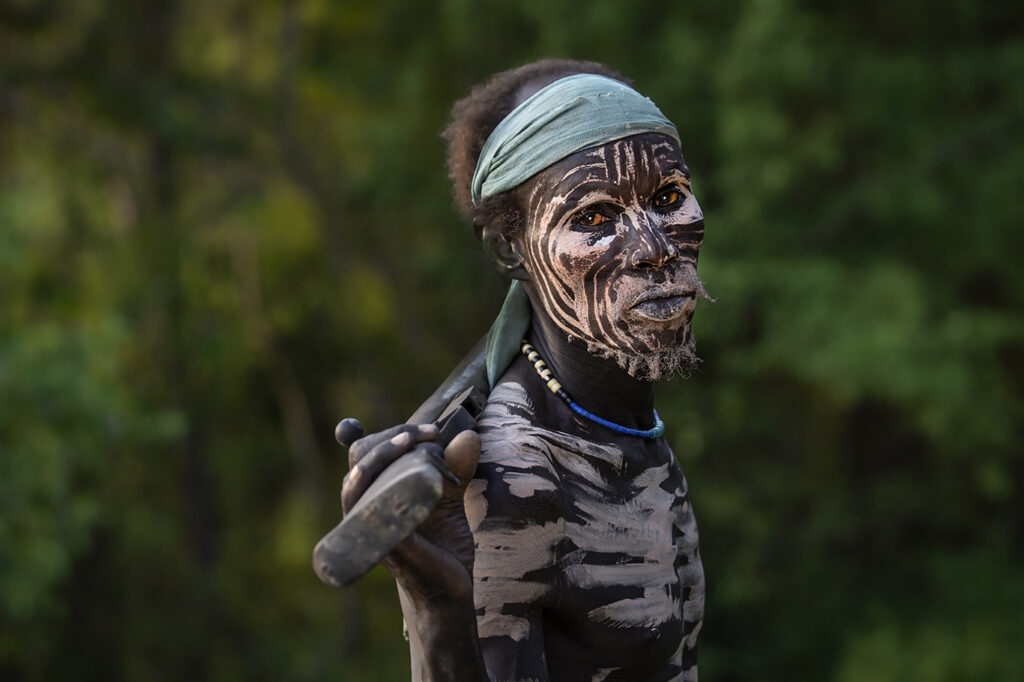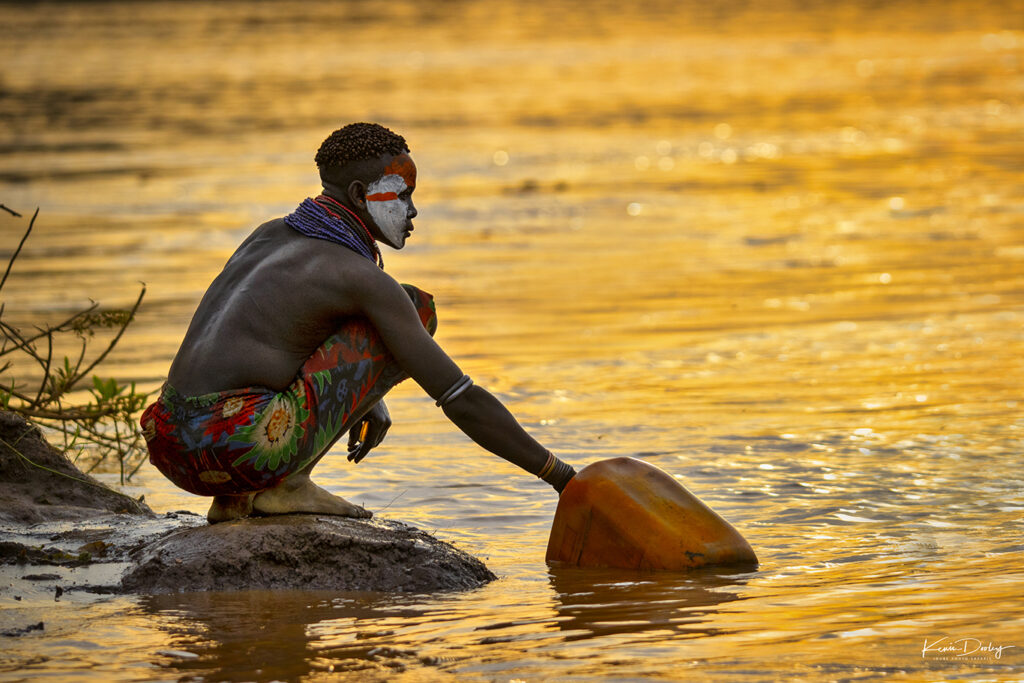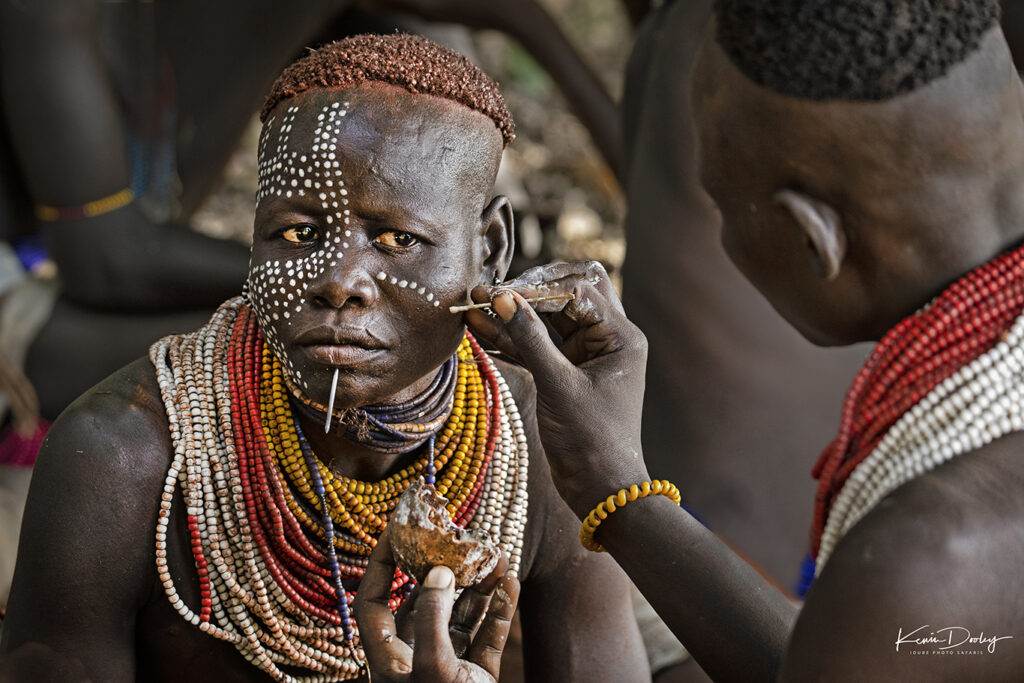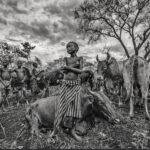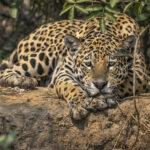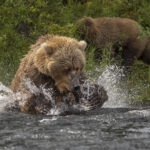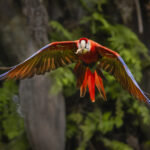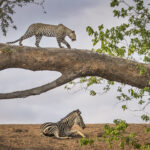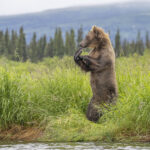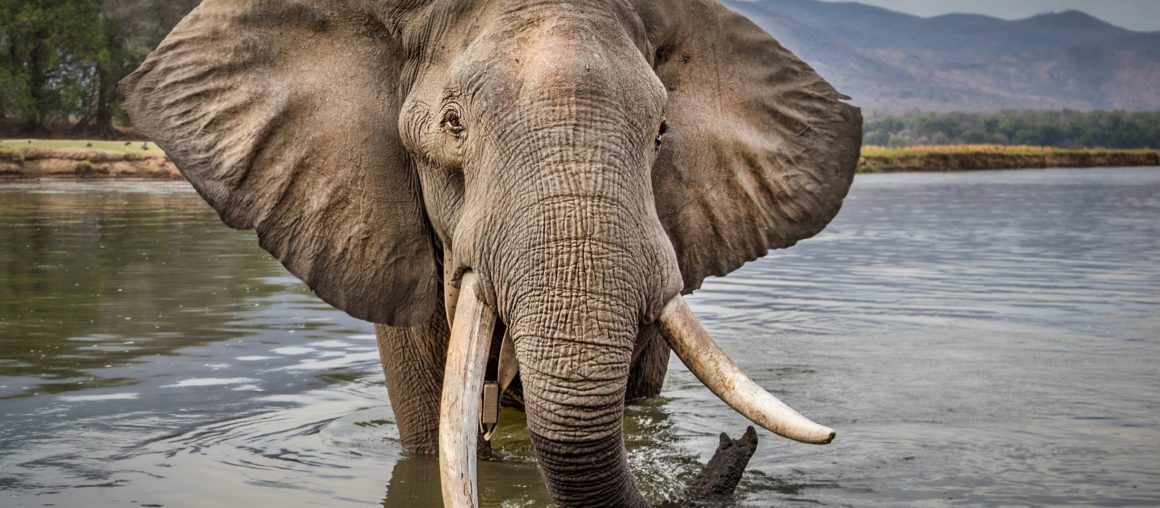My gear.
The light is beautiful, yet difficult for image creating. It’s soft and golden, it’s moody and full of emotion. It’s technically challenging and my camera and my abilities are challenged. I had decided to use my Canon 5ds this morning, a camera loaded with image quality, yet a camera that hates high ISO settings. So I would proceed in making sacrifices in shutter speeds and apertures to keep my ISO settings as low as possible. Fortunately my sigma 14-24 lens has the ability to let a lot of light in.
I have decided to travel with two camera bodies and three lenses.
aI was able to secure the new Canon 1dxmk3 just one day before my departure for Ethiopia. When I heard that the release date for this beauty had been published, to be released two days prior to my departure for Africa, I was on the phone and ordering it in a flash. However I would be challenged by a freak accident with the delivery truck while on its way to the camera store I had purchased the camera from. The cameras were not actually harmed, however the truck was deemed undrivable. This would delay the shipment just enough to prevent an overnight shipment to me. I immediately got on the phone and started calling camera stores, however I was presented with the same old story time and time again. The same old story was growing both old and discouraging, ”Sorry sir but we did not receive enough cameras to even fulfill the orders we already have.” After a small prayer and a deep breath, I decided at that point to take a different approach, my thought was the small camera stores might give me a better chance at success. I recalled that just the week before well speaking at the West Texas photographers Convention, I had met the owner of Arlington Camera. He was a very nice gentleman and I had nothing to loose by calling him. An associate answered the phone and I asked the magic question and his answer was more then music to my ears. His reply of, ”Yes sir, we received one this morning, would you like it?” Yes indeed I responded. I received my new dream camera the next morning by ten am, just 19 hours before my flight to Africa.
In addition to the new version of Canons flagship digital camera, I would take my Canon 5ds. A powerhouse of image quality strutting over 50 megapixels of image perfection. I needed both cameras for this journey, the 1 dxmk3 would be my camera of choice for most of my candid images, some portraits, and for the wildlife images in both Ethiopia and Southern Africa. The canon 5ds would be my choice on many of the portraits and some of the candids. The huge file size comes in handy when an image might need to be cropped, or when I am wanting that detail that only the larger sensor would provide.
My lens choices we’re actually quite easy to make, I would need a telephoto, a wide angle, and a portrait lens. Through the years I have owned many telephoto lenses, both prime and zoom. As the technology has improved, I have replaced most of my prime lenses with zoom lenses. Because most of my photography requires travel, in some cases with small planes, I have had to find ways to keep my gear to the minimum. Weight and space restrictions are often in place, and good zoom lenses have often been my answer to this situation.
When Sigma announced the 60-600 zoom lens, I was beyond excited. A lens with that kind of focal latitude was a dream come true. I had used the sigma 150-600 sport for several years, and have been very impressed with both the image quality and the build quality. In fact a large percentage of my award winning images had come from the 150-600 sport. I could not imagine a 60-600 with matching or better image quality as the 150-600, however I certainly was hopeful. The 60-600 was released to the United States during a time when I was in South Africa leading photo safaris. Fortunately I had a friend who was to join me in Ethiopia on a safari to photograph the Bleeding Heart Monkeys. Sigma sent a 60-600 with him and I was able to start using it within days of its release.
To say I was impressed would be such an understatement, I fell in love with this lens immediately and managed to secure two winning images in Nature’s Best Photography contest in my first week of using this lens. It has become my very favorite lens to date, and I use it for both wildlife and portrait photography.
My second lens of choice for this tribal adventure would be a wide angle lens. I knew I would have opportunities to create candid images of the villagers carrying out their daily activities. I wanted a lens that would give me some wide angle focal options as well as the ability to shoot at wide open apertures. Sigma recently released the 14-24 f2.8 Art lens. However it was on back order for quite some time and was not available. Once again Sigma and timing would come to my rescue, I managed to secure the lens just a few days before departing for Ethiopia. This lens has proven to be an incredible addition to my kit and I find myself asking how I ever got along without it.
My final lens choice was the Sigma 105mm 1.4 portrait lens. I have used an 85mm 1.2 lens previously on many wedding and portrait jobs, I absolutely love the effect of the focal length and the wide open aperture. The Bokah and the shallow depth of field produce an image style and quality that stands on it own. I decided to trade my 85 for a 105 as it gives me just a touch more space between my subject and myself, this is particularly important when trying to creat real and candid expression within your subject. In addition to the distance between the lens and the subject, you gain a touch more distance from the background. This increases the over all effect of the telephoto and wide open aperture combination. In my opinion this is a very specialized type of image that can have a huge impact to the viewer.
Matching up my lenses with my cameras was also quite an easy choice, between having over 39 years as a professional portrait photographer and the high quality of today’s lenses, I had a good idea of the types of images I wanted. My goal was to change lenses as infrequently as possible. Every lens change is another opportunity to collect dust on the camera sensor. I also prefer to not interrupt my flow of photography with having to make lens changes. Changing lenses can both interfere with ones own flow of interaction with the subject as well as distract and interfere with your subjects connection to you. When I find a feeling and a connection with my subject, I don’t want to loose the energy by breaking the flow of communication with some sort of technical activity such as changing lenses.
With my Canon 5ds performing better at lower ISO’s and the image quality being of such high quality, I decided to make the Sigma 105mm 1.4 lens and the Sigma 14-24 2.8 lens the main lenses for this camera. The 60-600 mm 6.3 lens would mostly find its home on my Canon 1dxmk3. The 1dxmk3 is a high performing camera with much better higher ISO range and high ISO image quality. It is also one of the most color accurate cameras I have ever owned. The high rate of shutter releases per second is also a huge advantage for me.
Most people would never consider using a high frame rate on portraits, however I am looking for just the right expression, eye set, character lines, held tilt, and feeling with in the image, just one shutter release can make the difference in getting all of these facial characteristics to come together at the same time. I am searching for a certain feeling within my image and I have no issues with taking several images in succession when it leads me to just the right image I am searching for. Fortunately the new 1dxmk3 is much quieter then it’s predecessor so the camera sound is not overly intrusive.
I would also pack two reflectors and a small LED light. My reflectors are a combination of gold and silver which gives me a beautiful and natural light source. A gold and silver reflector is basically a reflective fabric with both gold and silver combined together. The silver within the reflector provides the punch and levels out a little bit of the warmth of the golden hue that is crisscrossed with the silver in the fabric of the reflector. The gold helps me to maintain the beautiful skin tones of the people I am photographing. In this photographic situation I find that the solid gold is simply overkill and can creat images that are much too warm and look very unrealistic. On the other hand the solid silver is too cool and takes away the beautiful skin tones. A combination of silver and gold works best for me. The larger reflector provides a softer and wider light source, with a fast fall off of light. In most cases I prefer my backgrounds to be at least a stop darker then the subject. The smaller reflector provides a more intense light and I normally use it as a secondary light source. The secondary light source is good for a hair light, a separation light from a back angle to give separation on the shoulders. Another good use for the smaller reflector is to light specific objects in the background. With a narrower beam of light, it’s possible to light a second subject such as another person, or maybe a village hut or some cattle. The secondary light must be done sparingly, it can become very distracting and will often pull my attention away from my interaction with the subject. I will use it on the rare occasion, however I often avoid it all together. There is a big difference between using reflectors on your standard photo sessions, weddings, and family portraits, and using them on indigenous people. It’s vital that you have an interpreter explain what the reflector does. I once had a tribe convinced the reflector was going to harm them and therefore did I not use it. When it is in use, I suggest using a trained Assistent that knows how to feather the light and how to remain very unobtrusive. It’s important they maintain their distance and do not become a distraction for you or the subject. I try to maintain the basic rules of light, however by pushing these rules to the edge or even breaking them, you can create both unique and unusual lighting on your subject.
My led light is just a small hand held light that is easy to travel with and can mount on the hot shoe of my camera. It comes in handy when the sun is just rising or setting. Also great for shooting indoors. Again not a piece of gear that I use a lot but certainly worth having.
